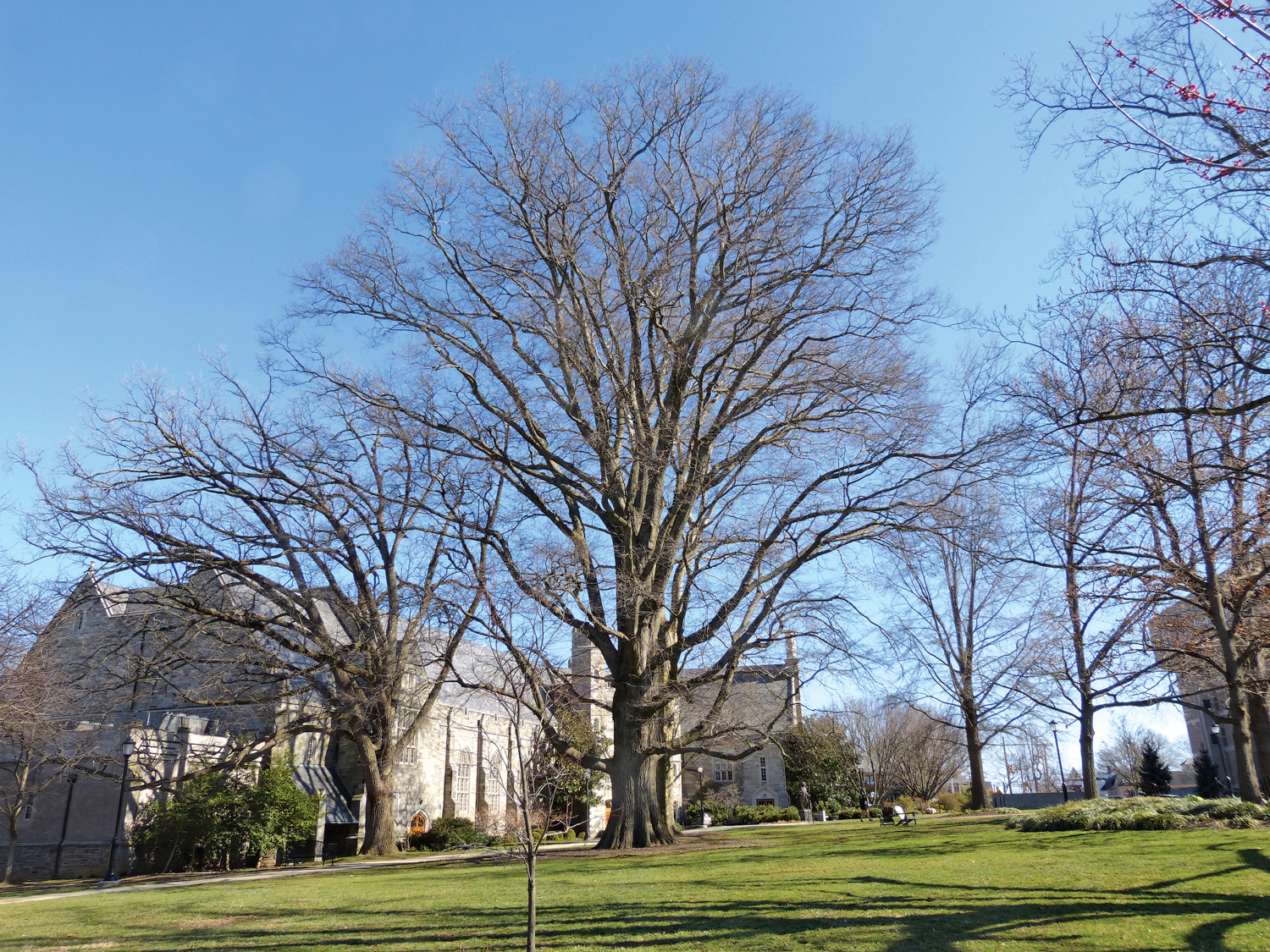
Thomas Meehan, a preeminent American horticulturist, added to this report in 1853, noting that the tree had been removed because it “interfered with a view of the Schuylkill from the Woodlands.” However, acorns of the tree had been collected before the removal and planted on the property and elsewhere around Pennsylvania. Tragically, in 1842, almost two decades after the death of William Bartram, botanist Thomas Nuttall reported that the original tree had been recently cut down. “It probably is only a hybrid plant on that account, and cannot with propriety be considered a genuine species.” This first suggestion of a hybrid origin was followed by one hundred years of confusion and arguments between botanists as to the validity of this taxon as a distinct species, its hybrid status, and its potential parents. Bartrams near Philadelphia,” Pursh wrote. “Of this singular species there is but one individual known, which grows on the plantation of the Messrs. The newfound species status bestowed upon the Bartram oak, however, was quickly called into question, in 1814, by Pennsylvanian botanist Frederick Pursh, who had previously served as a horticultural manager at a neighboring estate, known as the Woodlands.

laurifolia), the leaves of that species were never lobed and the closest known population was more than one hundred miles from Philadelphia. Michaux described the morphological ambiguity and suggested that although the Bartram oak resembled the laurel oak ( Q. When Michaux formally named Quercus heterophylla-coining the common name Bartram oak-in his North American silva, published in 1812, he designated the taxon as a new species rather than a hybrid. During this visit, Michaux presumably observed the tree for the first time. In 1802, French botanist François André Michaux traveled to Philadelphia where he met with John Bartram’s son, William Bartram, an accomplished botanist and naturalist in his own right, who was maintaining and growing his father’s botanical collection. This form of variation is termed heterophylly and likely prevented the specimen from being formally classified for another half century. While the anomalous oak, located within walking distance of Bartram’s home, resembled known oak species of the region, it possessed distinct-though somewhat ambiguous-morphological attributes, such as irregular lobing of the leaves and a range of leaf types from unlobed to lobed. Bartram traveled extensively throughout eastern North America, cataloguing and collecting native plants. In the mid-eighteenth century, the tree caught the eye of John Bartram, who was among the first practicing Linnaean-era botanists in the American colonies. The original Bartram oak grew near Philadelphia, on the west bank of the Schuylkill River. The results would shed light on a two-hundred-year-old botanical mystery and further the narrative of hybridization as a frequent and important phenomenon in oaks. Testing would also provide an exciting opportunity to finally check hypotheses regarding the putative parents of this famous tree. Paul Manos, professor of biology at Duke University, agreed with the current identification of the specimen as a possible Bartram oak but suggested DNA testing would be necessary for verification. The varied answers, however, left the identity in ongoing limbo. Most recipients responded with slightly different opinions but agreed the tree was of hybrid origin.


He shared images of leaves, twigs, buds, bark, and acorns. To provide some clarity, Bruno contacted a dozen or so oak taxonomists in 2015, requesting their opinion of the tree’s hybrid status and possible ancestry. For Bruno, the identity of the tree became increasingly frustrating. The original tree, however, is long gone, which meant that the West Chester oak-now approximately 170 years old-could not be directly compared to it. Bruno was aware of an 1862 observation by the southeastern naturalist Samuel Buckley, indicating that the West Chester oak was perhaps a second-generation descendant of the original Bartram specimen-a seedling of a seedling. As such, the tree was recently recognized as a state champion, but this title remained somewhat uncertain, given the perplexing taxonomic status of the Bartram oak.Įd Bruno, the landscape designer at West Chester University, has been working with the trees on campus for more than thirty years. The tree is also a putative descendant of the first-described Bartram oak ( Quercus × heterophylla) and is the largest of its kind in Pennsylvania. As the oldest tree on campus, it has become an important landmark for students. It is a healthy, open-grown individual measuring approximately 110 feet (33.5 meters) tall and with a trunk diameter of 64 inches (1.6 meters) at breast height. An impressive oak tree grows on the quad of West Chester University, outside of Philadelphia.


 0 kommentar(er)
0 kommentar(er)
